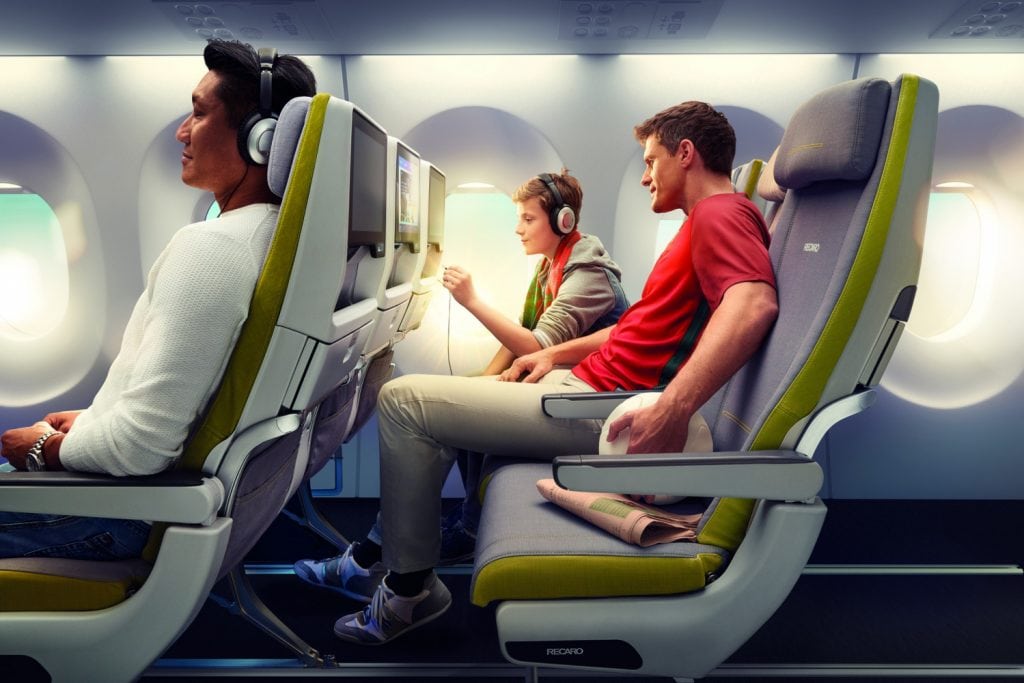The Business of Passenger-Proofing Seats and Every Other Square Inch Inside a Plane

Skift Take
Airline passengers abuse nearly everything on an airplane. Sometimes, they do it because they're jet-lagged or drunk. Sometimes, they're just absent-minded. And on occasion, manufacturers say, customers probably abuse interiors for sport. But the good news: Everything is tested to withstand harsh treatment from passengers.
Few things spook casual flyers like a bi-fold door. They kick it, or they poke it, Maybe they bang on it, or perhaps yank it with too much gusto. All to do something simple — to get into the bathroom.
It’s hard to blame them. The door lacks a traditional knob, requiring passengers to either push, or pull, at the center of it before they can enter.
"Where do you ever see that in life?" said Scott Savian, an executive vice president at Zodiac Aerospace, a company that manufactures nearly everything passengers use on the inside of an aircraft, including seats, overhead bins, and bathrooms. "You woke up on the middle of the flight and you're going through a dark cabin and you’ve got to figure out how to open this door?”
The results from passenger abuse could be disastrous. But even though the average airplane bathroom door looks flimsy, each is generally hardy — built to withstand (almost) everything jet-lagged, drunk, or merely sleep-deprived passengers can do to it. At its test lab, Zodiac has machines that simulate everything passengers might do over an aircraft's lifetime. One test door might go through more than a million cycles before it’s deemed worthy to fly.
Open. Closed. Open. Closed.
"We try to imagine how they will be abused by passengers and crew potentially," Savian said. "And then test for worst case scenarios."
For most products passengers will touch, Zodiac and its competitors go through a similar exercise. It’s important because, if a door or a bin breaks, an airline might have t
